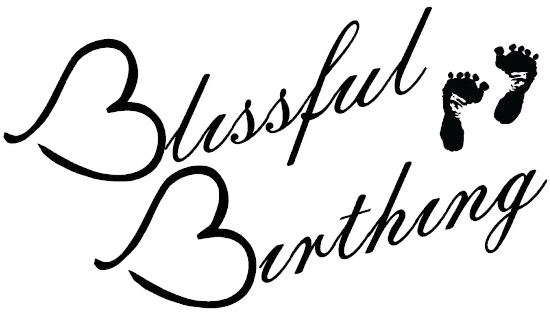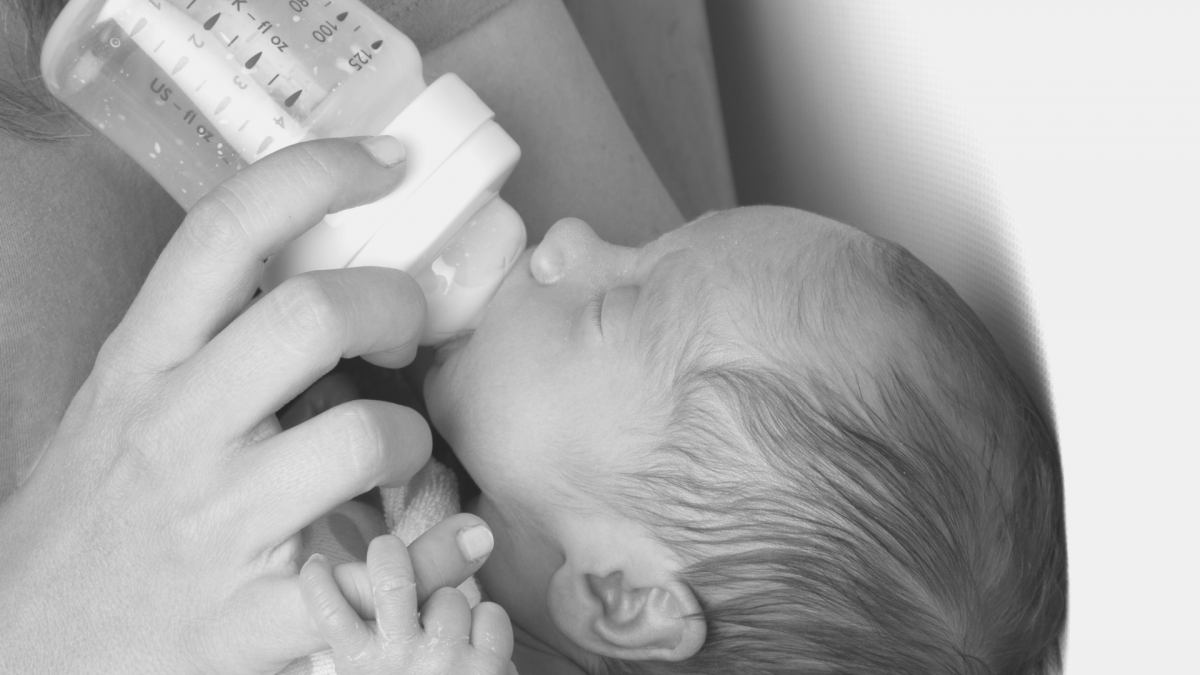“Don’t give your baby a pacifier or they will have nipple confusion!” “Wait 6 weeks to offer a bottle so your baby doesn’t develop nipple confusion.” If you’re pregnant or breastfeeding you’ve likely heard those statements or some variation thereof. And as a new mom that can be overwhelming. Concern over “nipple confusion” is probably second only to the concern of low supply. But what is this confusion? Is it real? And how can it be prevented?
The Truth About Nipple Confusion
I’m going to let you in on a little secret: babies are not confused at all. In fact, if you try to offer a pacifier to a baby who has never had one before, you will quickly see that baby is not confused at all. After a few sucks, baby knows that the artificial nipple you are trying to get him to suckle is not the same as the one that provides milk. The shape, texture, and taste are so drastically different than a human nipple. So why are we so wrapped up in the belief that our babies will be confused by a bottle?
It is not actually nipple confusion that is a problem, it is a preference to the flow of milk. When you think about it, this makes a lot of sense. As humans we are inclined to choose the path of least resistance, both consciously and unconsciously. For example, if you had the option of preparing a salad yourself versus ordering one, knowing that both salads would taste exactly the same, I would wager a bet that you would prefer to have it prepared for you. The same is true with a baby – they know they are getting what they want from the bottle and the breast, but the bottle requires less work.
Why do some babies have a preference for the bottle?
Now, this is not to say once you introduce the bottle to your baby that your days of feeding at the breast will come to an abrupt end. But many parents notice their baby expressing a preference for the bottle over the breast. Let’s look at that a bit. When your baby is feeding from the bottle they do not have to control the flow of milk the same way they do at the breast. Gravity, the weight of the milk against the nipple, and the nipple flow influence how quickly and easily baby is able to get the milk. Same benefit, less work. It’s a pretty basic concept (and you can’t really fault them for it).
What you need to know about avoiding nipple confusion
Introduce a Bottle Early and Often
No, that’s not a typo. The sucking pattern at the bottle is vastly different than the sucking pattern needed to nurse at the breast. Because of that, if you have any plans to offer your baby a bottle at some point (which most parents do), it is beneficial to have your baby learn both sucking patterns early.
I recommend to our clients that they feed at the breast exclusively for the first two weeks before introducing a bottle. When you’re ready to give your baby a bottle, suggest offering no more than one ounce of expressed milk BEFORE the feeding. You do not want to offer it after the feeding because you still want to allow baby to regulate their intake at the breast. By feeding baby from the bottle before feeding at the breast you are still allowing baby the ability to feel satiated from nursing (rather than feeling satiety from nursing and then getting over full from the bottle).
You can obtain the milk needed for this feeding in one of three ways:
- pumping just until you get enough for that bottle.
- hand expressing an ounce of milk.
- passively collecting milk using a haakaa or Milkies Milk Saver bags.
With the first two methods you are going to want to limit the amount of time that you pump as you do not want to cause an artificial inflation in your milk supply.
Choose a Bottle that Puts Baby in Control
If possible, select a bottle where baby controls the flow of milk. Our two favorite options for this are Playtex Drop-Ins and the Bare bottles. Both of these bottles require baby to actively work to extract the milk, just as if baby was at the breast.
If you’ve already purchased bottles, it is not necessary to go out and buy different ones. But, if you’re using a bottle where baby does not control the flow (such as Tommee Tippee, Comotomo, Dr. Browns, etc) I strongly suggest you opt for the preemie nipples. These will require baby to work harder to get the milk, helping to prevent a flow preference.
Don’t Stress!
This is a new skill for your baby to learn so it may take a little time for him to learn. Persistence, not trying every bottle on the market, is key to success.
Babies pick up on your energy so try not to be nervous or anxious. As long as you are introducing the bottle early and often there is no need to default to another family member to feed baby. In fact, it can be comforting for you to see that baby can effectively feed from the bottle and the breast. Now if your partner, parent, or older child wants to feed your baby the bottle, that’s totally fine! But don’t feel that you have to wait for your partner to come home to offer your 3 week old a bottle.
Our blogs are for informational purposes only. They do not take the place of consultation with a healthcare provider. The above information is not intended to diagnose, treat, cure, or prevent any condition.
Other Blogs You May Like
Pass the Bottle, Please!
Tips for Building a Breast Milk Stash
Is a Weighed Feed Helpful for Breastfeeding Success?

